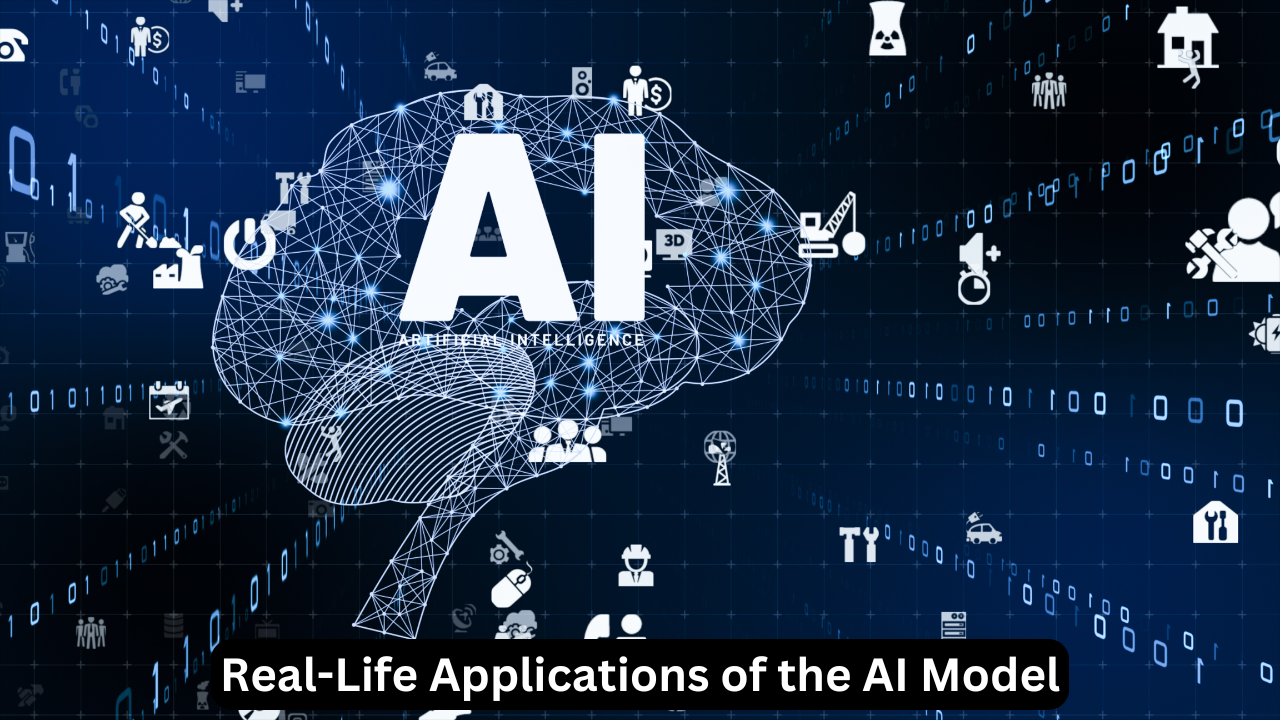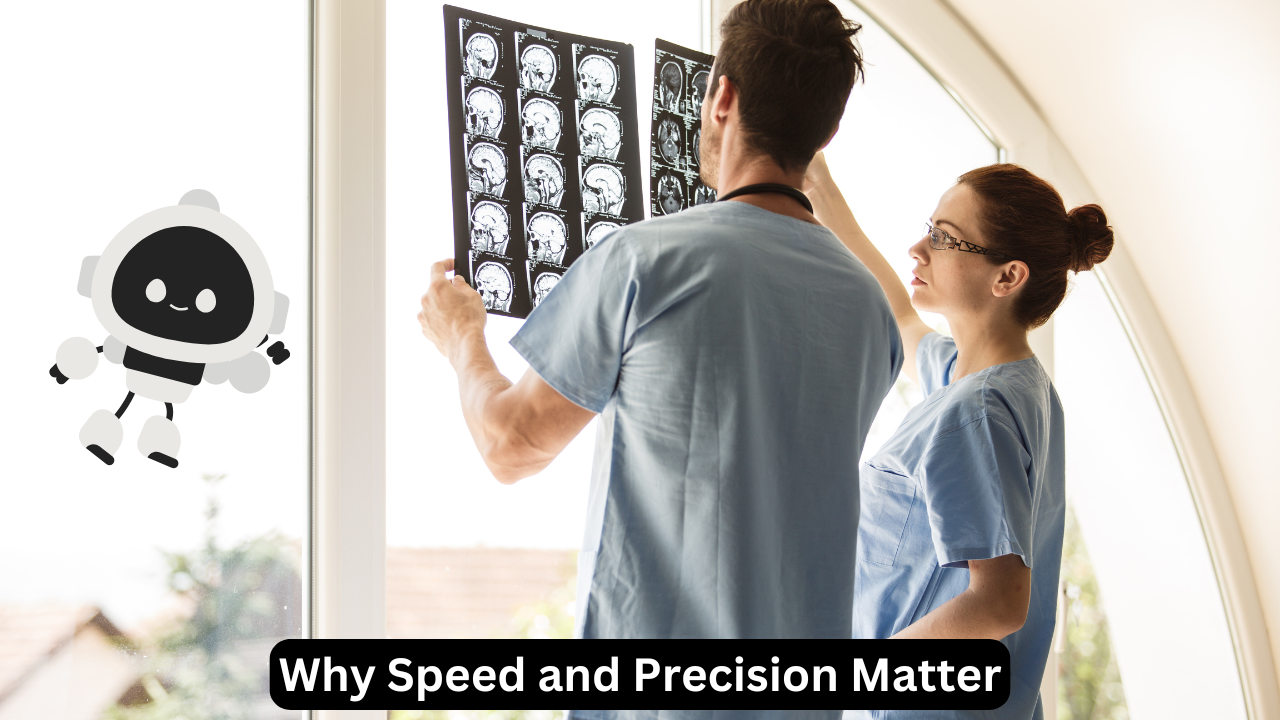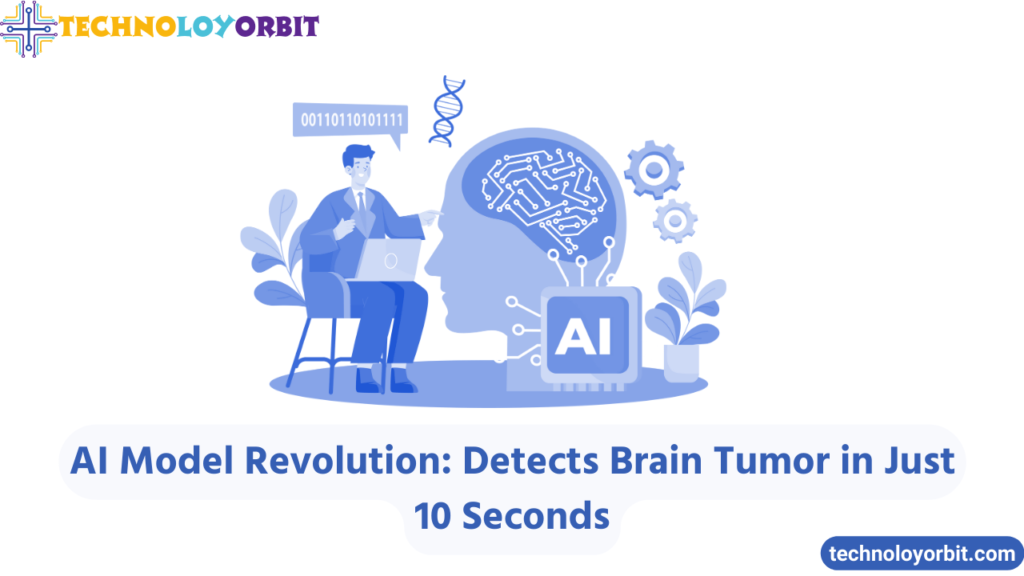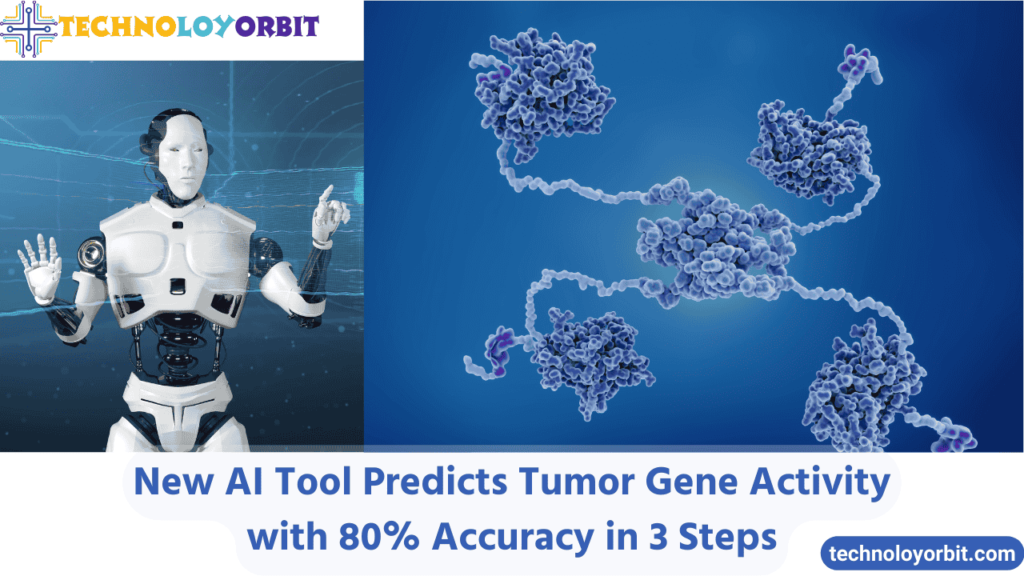The AI Model detects brain tumors within 10 seconds, improving surgical precision and reducing the risk of leaving cancerous tissues behind.
The use of artificial intelligence in healthcare is changing how diseases are diagnosed and treated. Among its many breakthroughs, a new AI model capable of detecting brain tumors within 10 seconds during surgery has gained significant attention. This innovative system helps surgeons identify cancerous tissue that could otherwise go unnoticed, potentially improving surgical success rates and saving countless lives.
This article provides an in-depth look at this groundbreaking technology, its features, impact, and the challenges it faces. With real-world applications and future potential, the AI model marks a critical milestone in modern medicine.
Why This AI Model Is a Major Milestone in Healthcare

Brain tumor surgeries are among the most complex and high-risk medical procedures. Despite advanced imaging and surgical tools, surgeons often struggle to differentiate between healthy and cancerous tissues in real-time. This limitation can lead to incomplete tumor removal, increasing the chances of recurrence and reducing survival rates.
The AI model addresses this challenge by providing real-time analysis of tissue samples during surgery. By delivering results within 10 seconds, it enables surgeons to make informed decisions on the spot, ensuring that no cancerous tissue is left behind.
How the AI Model Works: The Technology Behind It
This AI model leverages state-of-the-art machine learning algorithms and medical imaging techniques to analyze brain tissue. Here’s a breakdown of its operational process:
- Tissue Sampling: During surgery, a small tissue sample is collected for analysis.
- Imaging Analysis: The sample is scanned using advanced imaging technologies such as hyperspectral imaging or confocal microscopy.
- Data Processing: The AI system processes the imaging data using deep learning models trained on thousands of tumor samples.
- Real-Time Feedback: Within 10 seconds, the AI provides a detailed analysis, indicating whether the tissue is cancerous or healthy.
This fast and accurate process minimizes human error, offering a level of precision that traditional methods cannot match.
Key Features and Benefits of the AI Model
The AI model offers numerous advantages that make it indispensable for brain tumor surgeries:
1. Speed and Efficiency
- Detects cancerous tissue in as little as 10 seconds.
- Reduces the time surgeons spend analyzing tissue manually.
2. High Accuracy
- Identifies microscopic cancer cells with over 95% accuracy.
- Reduces the risk of leaving residual tumor cells behind.
3. Seamless Integration
- Easily integrates with existing surgical workflows and equipment.
- Requires minimal additional training for surgeons to use effectively.
How Does the AI Model Compare to Traditional Methods?
The AI model surpasses traditional tumor detection methods in several ways.
| Feature | AI Model | Traditional Methods |
|---|---|---|
| Detection Speed | 10 seconds | Minutes to hours |
| Accuracy Rate | >95% | ~80% |
| Human Dependency | Minimal | High |
| Real-Time Capability | Yes | No |
| Surgeon Assistance | Immediate actionable insights | Delayed feedback |
This comparison highlights the transformative potential of this AI model, making it a crucial tool for improving surgical outcomes.
Real-Life Applications of the AI Model

Early trials of the AI model in hospitals have yielded remarkable results. In one case, the system identified residual cancerous tissues that were missed by traditional imaging techniques. Surgeons were able to remove these tissues on the spot, significantly reducing the patient’s risk of tumor recurrence.
These successes demonstrate the real-world impact of this technology, providing hope for patients and setting a new standard for surgical precision.
Challenges and Solutions in Implementing AI in Surgery
While the AI model holds great promise, its implementation is not without challenges.
1. Data Quality and Availability
AI systems require high-quality datasets for training. Inconsistent or limited data can affect the model’s accuracy.
Solution: Collaborative efforts between hospitals, research institutions, and AI developers to build comprehensive datasets.
2. Integration with Existing Systems
Incorporating new technology into established workflows can be disruptive.
Solution: Developing user-friendly interfaces and ensuring compatibility with current surgical tools.
3. Cost and Accessibility
Advanced AI technologies can be expensive, limiting their adoption in resource-limited settings.
Solution: Governments and healthcare organizations can subsidize costs and promote global partnerships to make the technology accessible.
The Broader Impact of AI Models in Healthcare
The success of this AI model extends beyond brain tumor surgeries. Its underlying technology has applications in detecting other types of cancers and improving diagnostic accuracy across medical disciplines.
Future Applications
- Early detection of breast, lung, and liver cancers.
- Enhancing precision in robotic-assisted surgeries.
- Providing real-time diagnostic support in remote or underserved areas.
These advancements could drastically reduce global cancer mortality rates and improve the overall quality of healthcare.
Why Speed and Precision Matter in Brain Tumor Surgeries

Brain tumors grow in intricate areas of the brain, making their removal a delicate task. Any residual cancerous cells left during surgery can lead to:
- Increased risk of recurrence.
- Poor patient outcomes and reduced survival rates.
By providing real-time feedback, the AI model ensures that surgeons can achieve complete tumor removal without unnecessary delays.
FAQs About the AI Model for Brain Tumor Detection
1. How does the AI model detect brain tumors so quickly?
The system uses advanced algorithms and imaging data to analyze tissue samples, providing results within 10 seconds.
2. Is the AI model reliable for all types of brain tumors?
While effective for most brain tumors, its accuracy may vary based on tumor type and location. Research is ongoing to improve its versatility.
3. Can the AI model replace surgeons?
No, it complements surgeons by providing accurate, real-time data to assist during surgeries.
4. What makes this AI model better than traditional methods?
Its speed, accuracy, and ability to deliver real-time results make it superior to traditional methods that rely on delayed feedback.
5. Is this AI model available in all hospitals?
Currently, it is in the testing phase in specialized hospitals. Wider adoption is expected as the technology matures.
6. Does the AI model have applications beyond brain tumors?
Yes, similar AI technologies are being developed for detecting other cancers and aiding in complex surgeries.
7. How expensive is this AI model to implement?
Costs vary, but they are expected to decrease with mass production and global partnerships.
8. What are the risks associated with using AI in surgeries?
The main risks include data inaccuracies and system errors, which can be mitigated through rigorous testing and validation.
Conclusion
The introduction of this AI model in brain tumor surgeries is a significant advancement in modern medicine. By offering unparalleled speed and accuracy, it addresses critical challenges faced by surgeons, improving patient outcomes and reducing the likelihood of tumor recurrence.
As this technology continues to evolve, its potential applications will expand, transforming how diseases are diagnosed and treated globally. The adoption of AI in healthcare is not just about innovation—it is about saving lives and ensuring a better quality of care for all. Please follow out blog Technoloyorbit.



